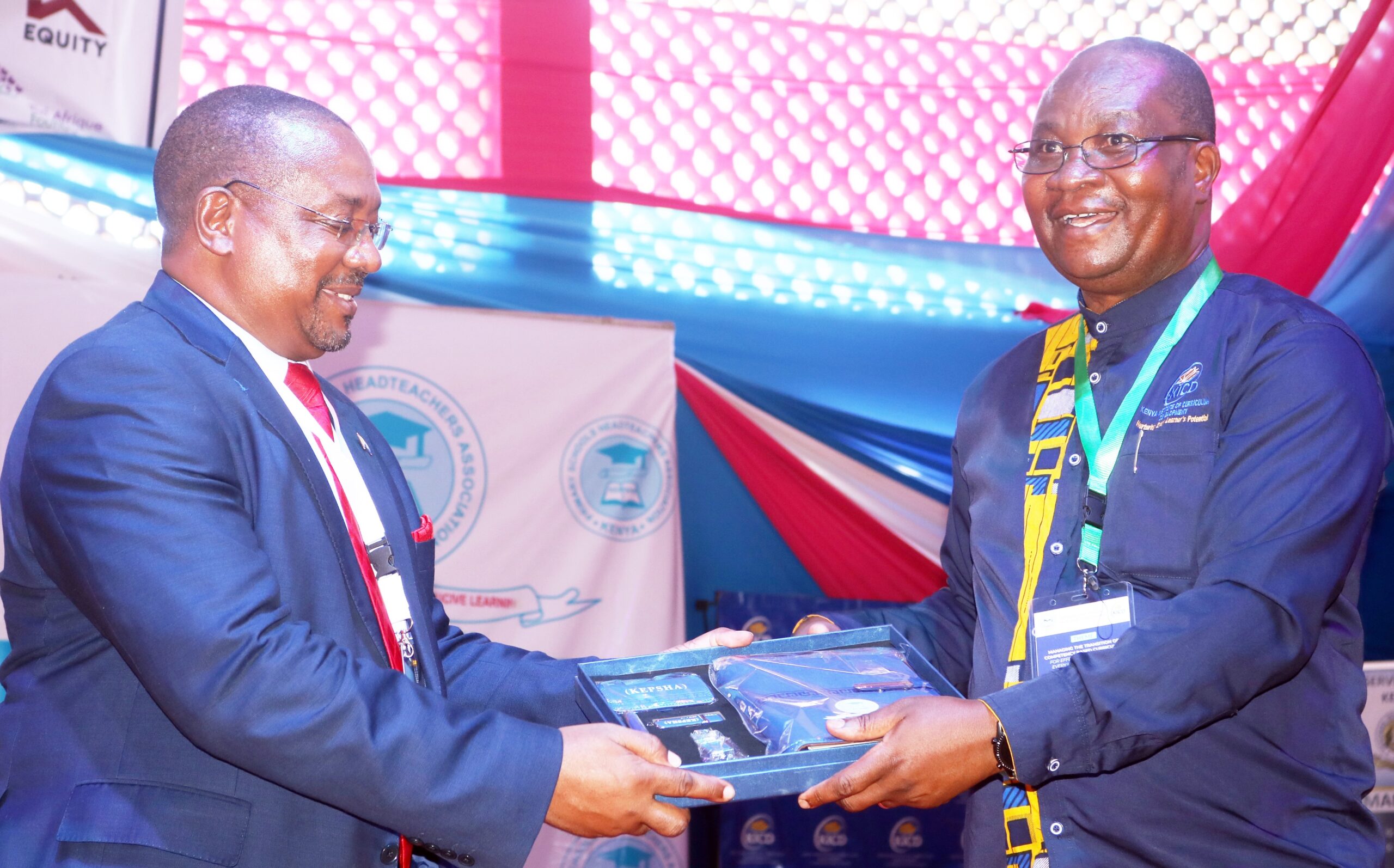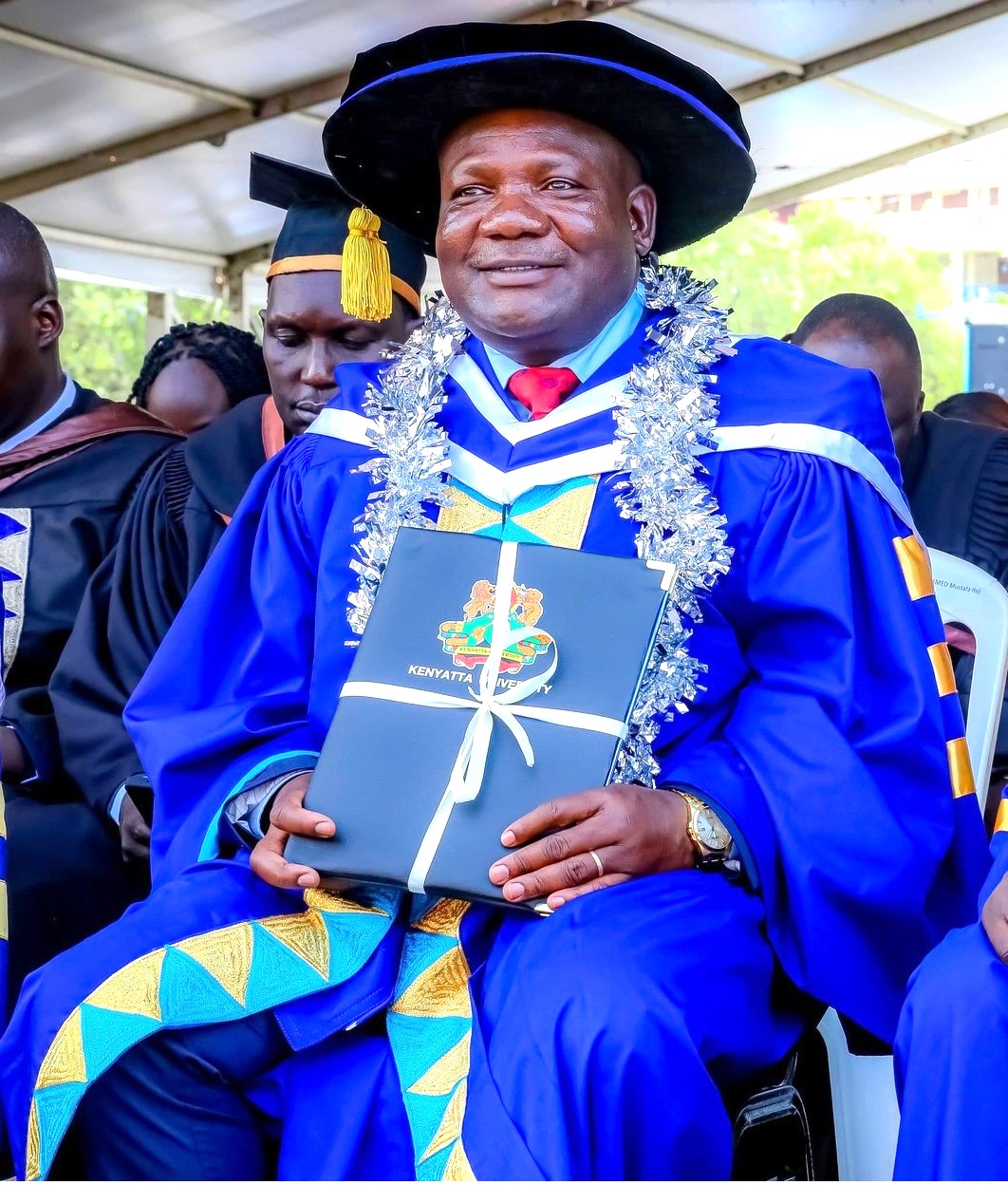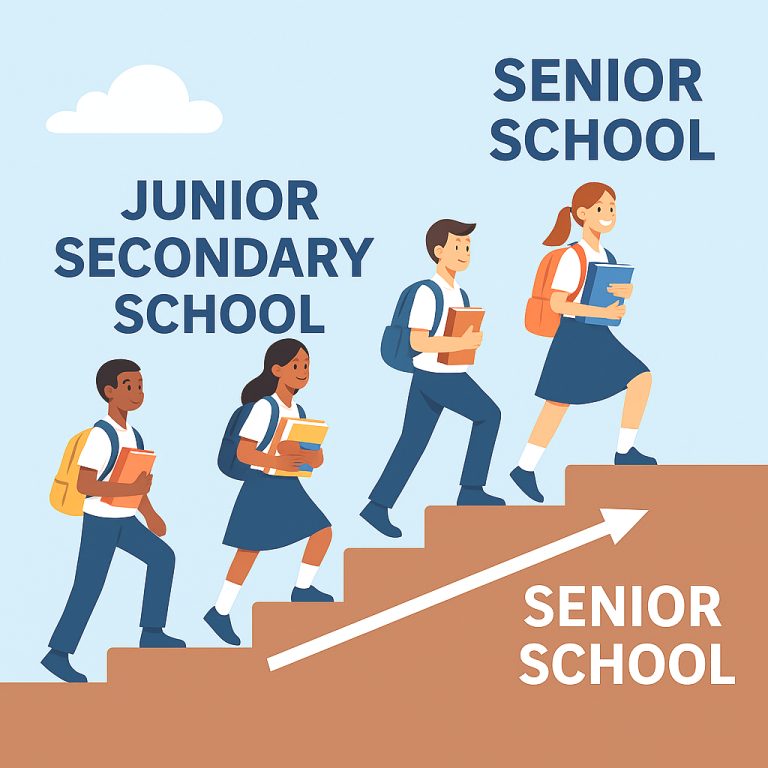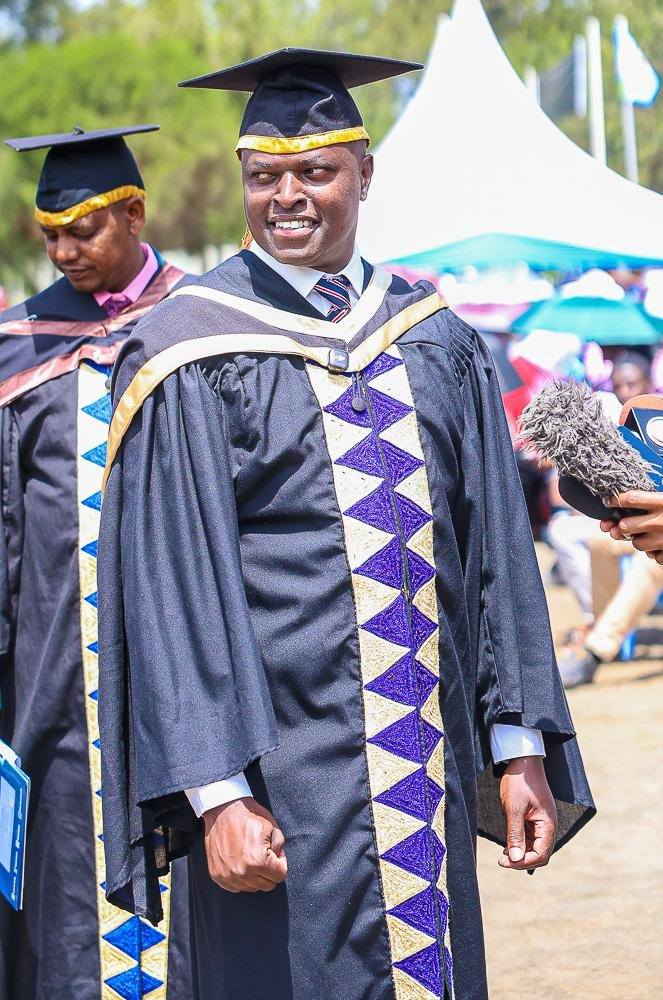It is expected that secondary schools will offer at least two pathways when the pioneer Competency-Based Curriculum (CBC) class, now in Junior Secondary School ((JSS) at Grade 7, transit to Senior Secondary School (SSS) in 2026.
Though the education reforms have changed JSS to Comprehensive School, and SSS to Senior School, the structure basically remains the same.
Against this background, the Director and Chief Executive Officer (CEO) at the Kenya Institute of Curriculum Development (KICD) Prof. Charles Ong’ondo has directed all secondary school principals to use the interim period before 2026 to audit their resources.
The expectation is that every school should offer at least two pathways, that is; Science, Technology, Engineering and Mathematics (STEM), and Social Science.
The confidence is that most secondary schools have the necessary infrastructure to offer the pathways, although private schools may choose to specialize in just one pathway.
“Schools should at least offer two pathways … STEM and Social Science, because they already have laboratories, and I am aware that some already offer Aviation, Metal Work, Wood Work and some other subjects that are related to technology,” said Prof. Ong’ondo when he addressed principals during their annual Kenya Secondary School Heads Association (KESSHA) conference in Mombasa recently.
According to KICD, schools may offer all three pathways depending on their analysis of staff and resource capacity.
Under the Basic Education Curriculum Framework (BECF), there will be three major pathways at senior school, which will branch off into separate tracks that students will choose during the transition.
First, the Arts and Sports Science pathway will branch into three major tracks of sports (Physical Education-PE, Sports and Recreation), Performing Arts (PE, Sports and Recreation, Music, Dance, Theatre, and Film), and Visual Arts (Applied and Fine Arts).
Secondly, the Social Science pathway will have two major tracks: Languages and Literature (English, Literature in English, Communication Skills, Indigenous Languages, Lugha ya Kiswahili, Fasihi ya Kiswahili, and Foreign Languages-Arabic, French, German, and Mandarin Chinese), and Humanities and Business Studies (Religious Education-Christian, Islamic and Hindu, Community Service Learning, Business Studies, History and Citizenship, and Geography).
And finally, under the STEM pathway, there will be four tracks:
- Pure Science (Biology, Chemistry, Physics, General Mathematics, Advanced Mathematics, Biological Sciences, and Physical Sciences);
- Applied Sciences (Applied Agriculture; Computer Science; Health, Foods and Nutrition; Home and Hospitality Management; ICT);
- Technical and Engineering (Metal Technology, Wood Technology, Aviation Technology, Electrical Technology, Power Mechanics, Textile Technology, and Design);
- Career and Technology Studies (Hair Dressing and Beauty Therapy, Building and Construction, welding and Fabrication, Leather Work, Electrical Installations, Fashion, and Interior Décor, Animal Production, and Crop Production).
Learners shall take a minimum of 6 and a maximum of 7 subjects (learning areas) depending on their tracks and generally take at least three compulsory subjects (from PE, Communication Skills, Community Service Learning, and Information Communication Technology), plus a maximum of two subjects from other tracks/pathways.
And in the spirit of flexibility, learners’ will also have the chance to pick subjects from another pathway as long as they feel it will contribute to the career they intend to pursue.
“If a learner for instance chooses English and Literature in English as the core subjects, they may want History in addition to complement the choice. That kind of arrangement if it is possible in your school should be allowed,” stated Prof. Ong’ondo.
Although the transition from JSS (or Comprehensive School) will be 100 percent, their placement will be guided by the report which demonstrates their areas of competence.
Prof Ong’ondo also asked the principals to start making administrative preparations by re-organizing their departments and classes according to pathways and tracks.
It is expected that 60 percent of learners joining Senior School in 2026 will be registered in STEM, with Prof. Ong’ondo saying it will speed up industrialization and Vision 2030.
Another 25 percent is anticipated in the area of Social Sciences, which currently has more learners than STEM.
Arts and Sports will take up the remaining 15 percent, who will have demonstrated in the Comprehensive School report that they have a talent to be nurtured.
Prof Ong’ondo further expects that every county will have adequate schools for each pathway, evenly spread for equity, with KICD promising to distribute curriculum designs for Grade 10 to secondary schools by the latest 2025 so that principals can socialize with them early.
However, this position might not be tenable as the presidential task force on education reforms has nullified the classification of schools as national, extra-county, county, and sub-county.
Schools will now be streamlined along the pathways.
By Roy Hezron
Get more stories from our website: Education News
To write to us or offer feedback, you can reach us through: editor@educationnews.co.ke
You can also follow our social media pages on Twitter: Education News KE and Facebook: Education News Newspaper For timely updates.






